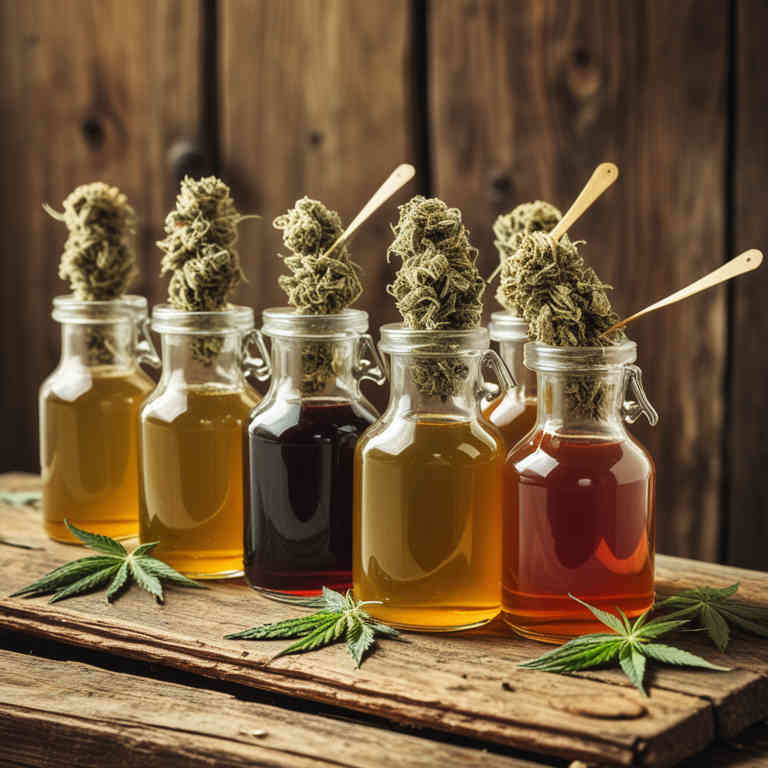10 Best Cannabis Sativa Preparations
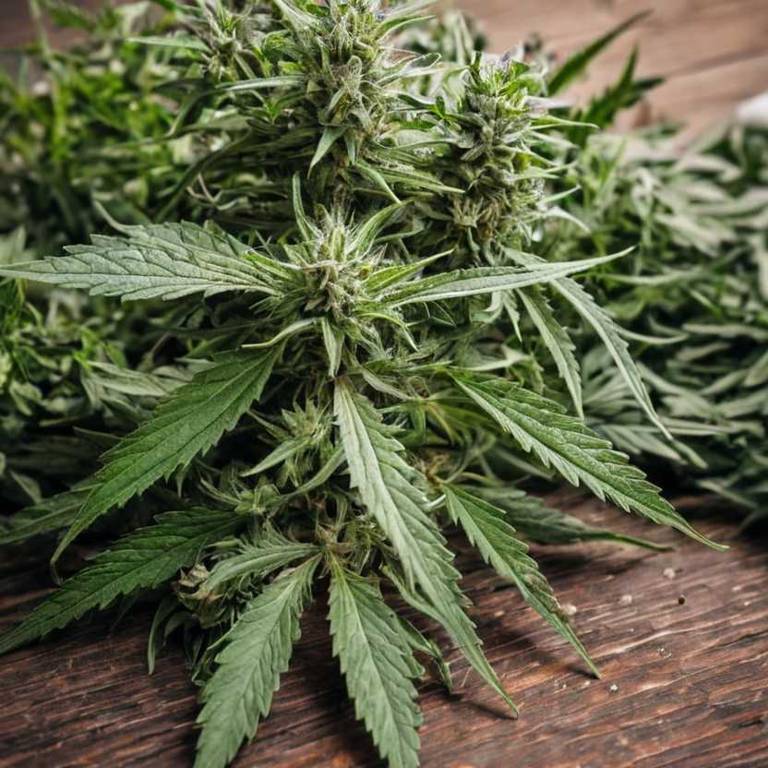
The best medicinal preparations of Cannabis sativa are tinctures, teas, capsules, oils, and decoctions, each offering unique benefits for therapeutic use.
Tinctures provide rapid absorption through sublingual use, while teas allow for gentle consumption of cannabinoids.
Capsules offer a convenient and consistent dosage, making them ideal for daily use.
Oils can be applied topically or ingested, providing targeted relief for various conditions.
Decoctions, made by simmering the plant material, are effective for extracting resinous compounds and are often used in traditional herbal medicine.
Below there's a list of the 10 best herbal preparations of cannabis sativa for medicinal purposes.
- 1. Tinctures
- 2. Teas
- 3. Capsules
- 4. Oils
- 5. Decoctions
- 6. Creams
- 7. Lozenges
- 8. Oinments
- 9. Liniments
- 10. Syrups
1. Tinctures
Cannabis sativa tinctures is commonly used to treat a variety of medical conditions through the administration of concentrated cannabis extracts in alcohol or glycerin.
These tinctures are frequently utilized for managing chronic pain, inflammation, and nausea, as well as for alleviating symptoms of anxiety and insomnia. They are also employed in the treatment of epilepsy and certain neurological disorders. The bioactive constituents responsible for these therapeutic effects include cannabinoids such as tetrahydrocannabinol (THC) and cannabidiol (CBD), which interact with the body's endocannabinoid system.
Additionally, terpenes and flavonoids present in the tinctures contribute to their anti-inflammatory, analgesic, and neuroprotective properties.
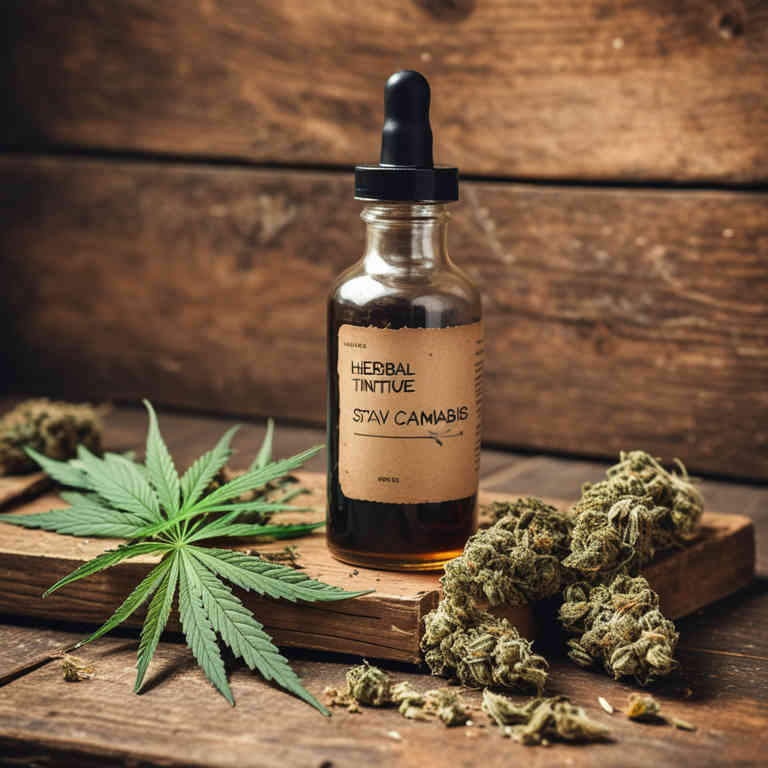
2. Teas
Cannabis sativa teas is commonly used to alleviate symptoms of various ailments through its medicinal properties.
The most common medicinal uses include managing chronic pain, reducing inflammation, and alleviating symptoms of anxiety and insomnia. It is also used to stimulate appetite and ease nausea, particularly in patients undergoing chemotherapy. The bioactive constituents responsible for these effects include cannabinoids such as tetrahydrocannabinol (THC) and cannabidiol (CBD), as well as terpenes and flavonoids that contribute to its therapeutic profile.
These compounds interact with the body's endocannabinoid system to produce the observed medicinal benefits.
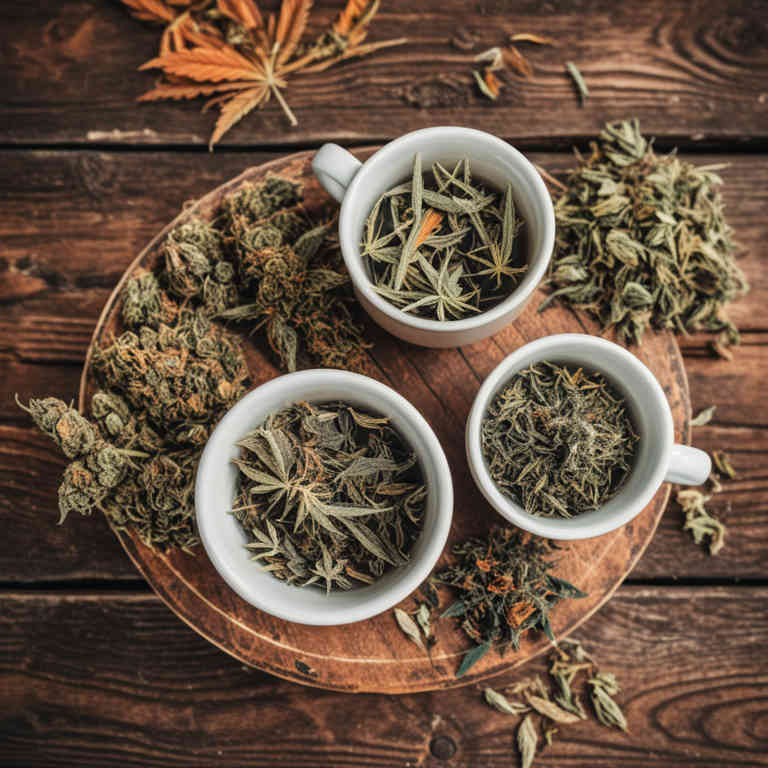
3. Capsules
Cannabis sativa capsules is commonly used to treat a variety of medical conditions, including chronic pain, inflammation, and nausea.
These capsules are often prescribed for patients undergoing chemotherapy, as they can help alleviate symptoms such as vomiting and loss of appetite. They are also used to manage conditions like multiple sclerosis, epilepsy, and anxiety. The most common bioactive constituents in these capsules include cannabinoids such as tetrahydrocannabinol (THC) and cannabidiol (CBD), which interact with the body's endocannabinoid system.
These compounds are responsible for the anti-inflammatory, analgesic, and neuroprotective effects that contribute to the medicinal benefits of Cannabis sativa capsules.

4. Oils
Cannabis sativa oils is commonly used to treat a variety of medical conditions through the application of its bioactive compounds.
These oils are frequently utilized for their analgesic, anti-inflammatory, and anxiolytic properties, making them effective in managing chronic pain, arthritis, and anxiety disorders. They are also used to alleviate symptoms of epilepsy, nausea, and insomnia. The medicinal effects of cannabis sativa oils are primarily attributed to cannabinoids such as THC and CBD, which interact with the body's endocannabinoid system.
Additionally, terpenes and flavonoids present in the oils contribute to their therapeutic benefits by enhancing the overall efficacy of the treatment.

5. Decoctions
Cannabis sativa decoctions is commonly used to treat a variety of ailments through traditional and modern medicinal practices.
These decoctions are often prepared by boiling the plant material in water to extract its active compounds. They are frequently used for their analgesic, anti-inflammatory, and anxiolytic properties. Common ailments treated include chronic pain, inflammation, anxiety, and sleep disorders.
The bioactive constituents responsible for these effects include cannabinoids such as THC and CBD, as well as terpenes and flavonoids that contribute to the plant's therapeutic profile.
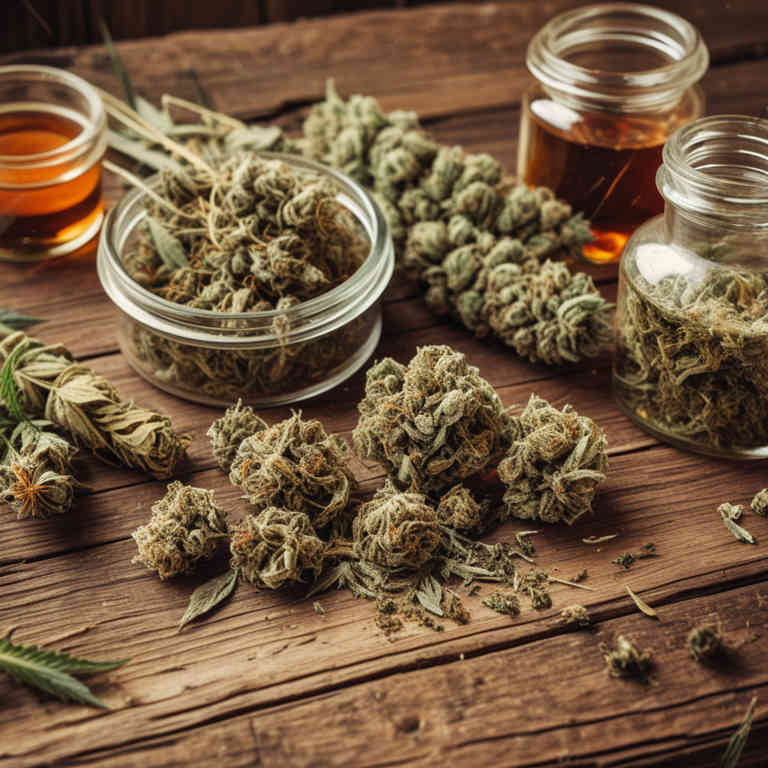
6. Creams
Cannabis sativa creams is commonly used to alleviate pain, reduce inflammation, and manage skin conditions.
These creams are often prescribed for conditions such as arthritis, muscle pain, and neuropathy due to their analgesic and anti-inflammatory properties. They are also used to treat eczema, psoriasis, and other dermatological issues. The bioactive constituents responsible for these effects include cannabinoids like cannabidiol (CBD) and tetrahydrocannabinol (THC), as well as terpenes and flavonoids, which contribute to the therapeutic benefits.
These compounds interact with the body's endocannabinoid system to modulate pain perception and inflammatory responses.
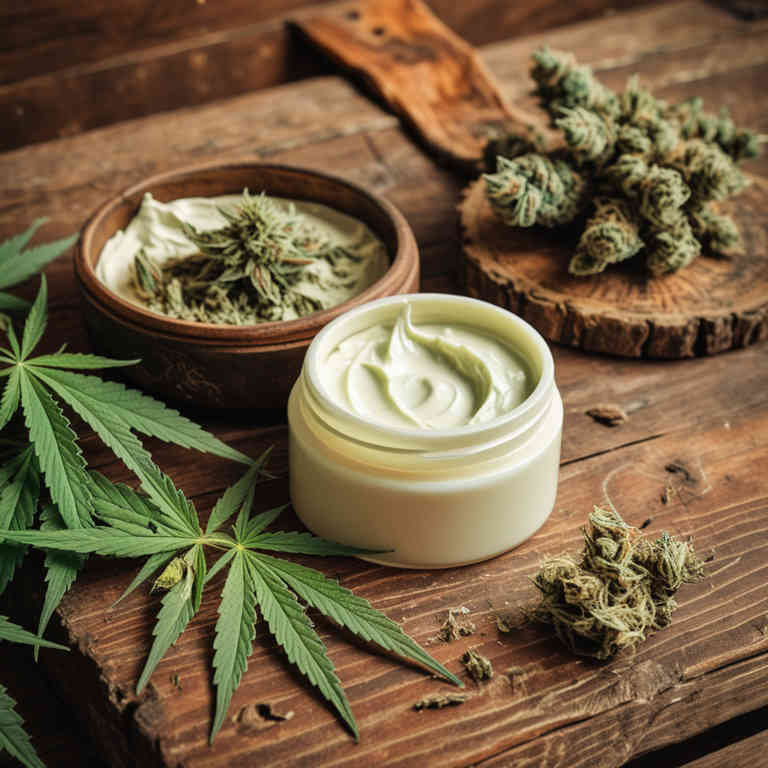
7. Lozenges
Cannabis sativa lozenges is commonly used to alleviate symptoms associated with various medical conditions, particularly those involving pain, inflammation, and nausea.
These lozenges are often prescribed for conditions such as chronic pain, multiple sclerosis, epilepsy, and chemotherapy-induced nausea. The bioactive constituents responsible for their medicinal properties include cannabinoids like tetrahydrocannabinol (THC) and cannabidiol (CBD), as well as terpenes and flavonoids. These compounds interact with the body's endocannabinoid system to modulate pain perception, reduce inflammation, and induce relaxation.
Additionally, some studies suggest that these lozenges may help in managing anxiety and sleep disorders.

8. Oinments
Cannabis sativa oinments is commonly used to alleviate pain, reduce inflammation, and treat skin conditions.
These preparations are frequently applied topically to address ailments such as arthritis, muscle strains, and eczema. The most common medicinal uses include managing chronic pain, reducing swelling, and soothing irritated skin. The bioactive constituents responsible for these effects include cannabinoids like CBD and THC, as well as terpenes and flavonoids that contribute to anti-inflammatory and analgesic properties.
These compounds work synergistically to provide therapeutic benefits with minimal systemic absorption.

9. Liniments
Cannabis sativa liniments is commonly used to treat musculoskeletal pain, inflammation, and skin conditions through topical application.
These preparations are frequently applied for ailments such as arthritis, muscle strains, sprains, and eczema due to their anti-inflammatory and analgesic properties. The most common medicinal uses include缓解 joint pain, reducing swelling, and soothing skin irritations. The bioactive constituents responsible for these effects include cannabinoids like CBD and THC, as well as terpenes and flavonoids that contribute to the entourage effect.
These compounds interact with the body's endocannabinoid system to modulate pain perception and reduce inflammation.

10. Syrups
Cannabis sativa syrups is commonly used to alleviate symptoms associated with chronic pain, inflammation, and sleep disorders.
These syrups are often prescribed for conditions such as arthritis, muscle spasms, and insomnia due to their calming and analgesic effects. The most common medicinal uses include treating pain management, reducing inflammation, and improving sleep quality in patients with various neurological and musculoskeletal disorders. The bioactive constituents responsible for these effects include cannabinoids such as CBD and THC, as well as terpenes and flavonoids that contribute to the plant's therapeutic properties.
These compounds interact with the body's endocannabinoid system to modulate pain perception, reduce inflammation, and promote relaxation.
